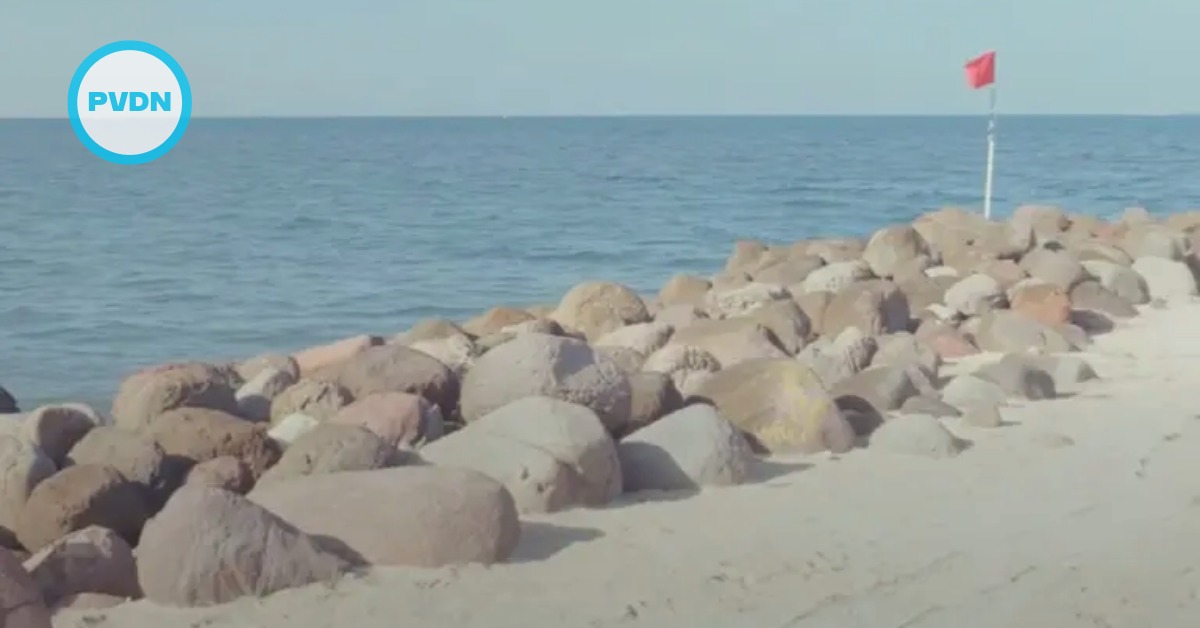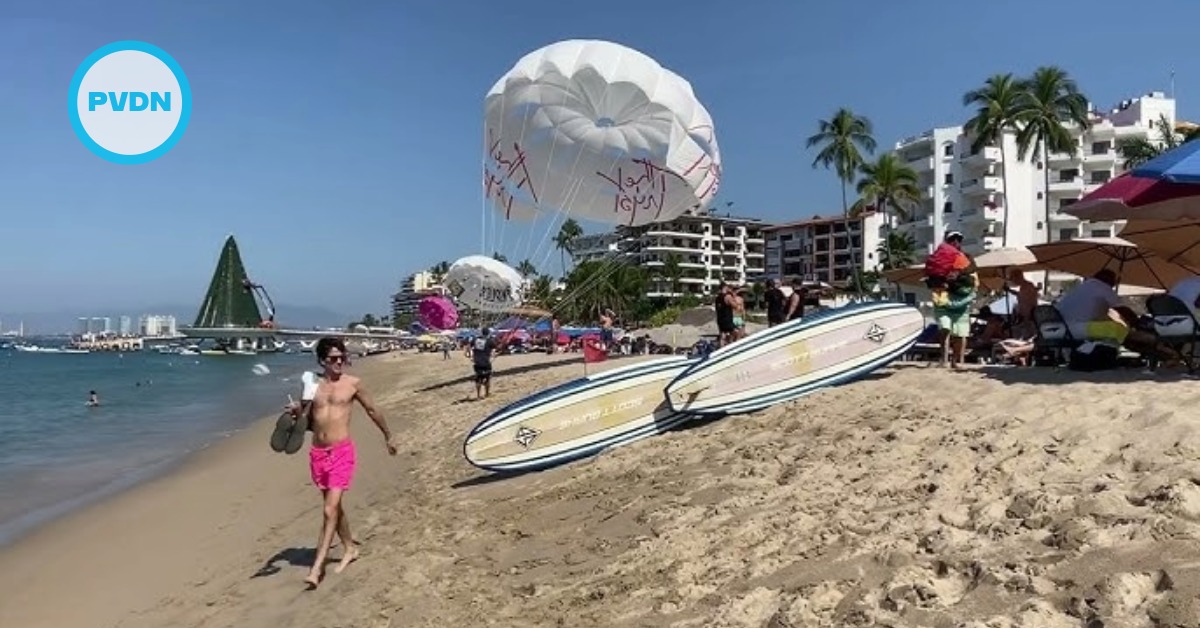Last month, the art and auction website Artnet posted a video interview with Ella Fontanals-Cisneros, on the occasion of the opening of Permission To Be Global: Prácticas Globales: Latin American Art from the Ella Fontanals-Cisneros Collection at the Museum of Fine Arts, Boston. The exhibition debuted last December at the Cisneros Fontanals Art Foundation in Miami, during Art Basel.
Fontanals-Cisneros was interviewed in English by Deborah Ripley, Artnet’s senior specialist in contemporary art. And while the exhibition features more than 60 artists from all of Latin America—Mexico, Central and South America, and the Spanish . . .





